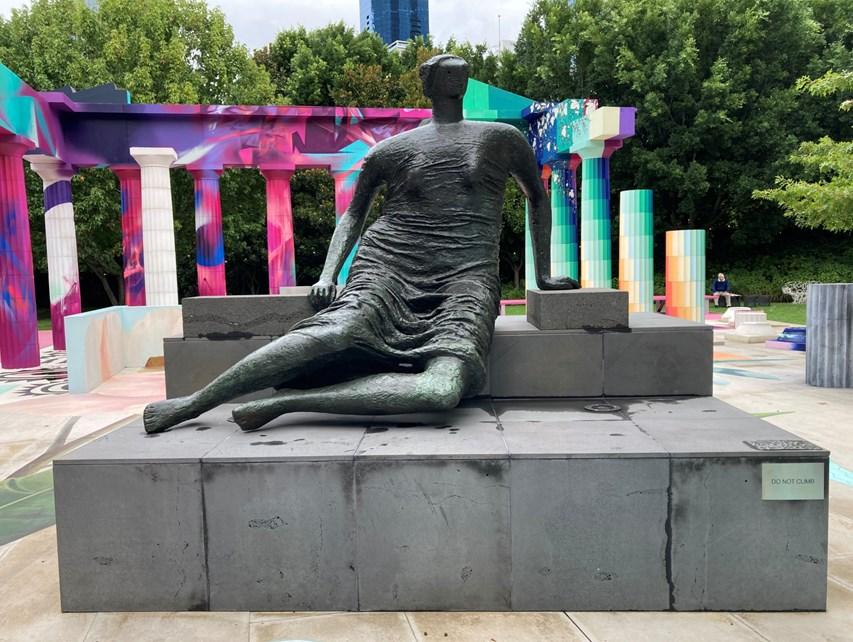
1 minute read
History of the Parthenon as provided by the NGV
“The Parthenon was built as a temple dedicated to the goddess Athena. Famous for its harmonious proportions and the exquisite quality of its sculptural decoration, the Parthenon endures as a symbol of Hellenic identity, artistic excellence, beauty, democracy and civilisation.
The temple’s plans were drawn by the architects Iktinos and Kallikrates. The construction of the Parthenon involved an unprecedented number of artists and craftspeople of all specialties. Work began in 447 BC and was completed just fifteen years later. The careful placement of precisely cut masonry ensured that the Parthenon remained essentially intact for more than two millennia.
By the seventh century, alterations were made during the building’s transformation into a Roman Catholic cathedral. The Turks seized the Acropolis in 1458, and two years later they adopted the Parthenon as a mosque, raising a minaret at the south-west corner.
During the bombardment of the Acropolis in 1687 by Venetians fighting the Turks, a powder magazine located in the temple blew up, destroying the centre of the building. The Venetians then inadvertently smashed several sculptures.
In 1801–03 a large part of the sculpture that remained was removed, with Turkish permission, by the British nobleman Lord Elgin, and sold in 1816 to the British Museum. The Greek government continues to seek their return to be displayed in the new Acropolis Museum in Athens.
In 1975 a multi-decade restoration of the Parthenon began funded by the Greek government. Each salvageable piece of marble was returned to its original position, while gaps filled with new marble from the original quarry. This time-consuming project is ongoing.”





When the broken columns are painted in vibrant colours and decorated they become artworks in their own right and you no longer think of them as damaged.













